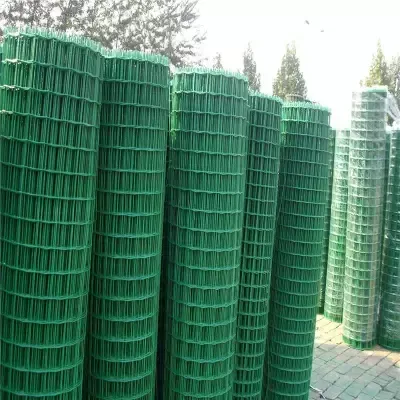Des . 29, 2024 19:50 Back to list
hydraulic pressure fittings
Understanding Hydraulic Pressure Fittings A Comprehensive Guide
Hydraulic systems are integral to many industrial applications, from manufacturing to construction. At the heart of these systems lies the crucial component known as hydraulic pressure fittings. These fittings facilitate the connection between various hoses, tubes, and pipes, ensuring that hydraulic fluid flows seamlessly throughout the system. This article delves into the significance of hydraulic pressure fittings, their types, materials, installation procedures, and maintenance tips.
What Are Hydraulic Pressure Fittings?
Hydraulic pressure fittings are specialized connectors used to join hoses, pipes, and tubes in hydraulic systems. They are designed to withstand high pressure while preventing leaks and ensuring optimal flow of hydraulic fluid. Given their essential function in hydraulic machinery, the quality and performance of these fittings significantly impact the overall efficiency and safety of the system.
Types of Hydraulic Pressure Fittings
Hydraulic pressure fittings come in various types, each designed for specific applications. Some common types include
1. Threaded Fittings These are among the most common fittings used in hydraulic systems. They feature male or female threads that allow them to be screwed into position, creating a tight seal. Threaded fittings are available in various standard sizes and thread types, such as NPT (National Pipe Thread) and BSP (British Standard Pipe).
2. Flanged Fittings Flanged fittings are flat plates that are bolted together to create a secure connection. They are ideal for larger diameter pipes and can handle high pressures. These fittings have the advantage of easier assembly and disassembly compared to threaded options.
3. Compression Fittings These are designed to join two pieces of tubing or pipe effectively. A compression fitting consists of a nut, a ring, and a fitting. As the nut is tightened, it compresses the ring against the tubing, forming a tight seal that prevents leaks.
4. Quick Couplers Also known as quick-release fittings, these connectors allow for rapid connection and disconnection of hoses. They are incredibly useful in applications where frequent changes in equipment or tools are needed.
Materials Used in Hydraulic Pressure Fittings
The material used for hydraulic pressure fittings is critical, as it must endure high pressures and resist corrosion
. Common materials includehydraulic pressure fittings

- Steel Often used for its strength and durability, steel fittings can handle high pressures and extreme temperatures. They are usually zinc-plated or coated to prevent rust.
- Stainless Steel This material offers excellent corrosion resistance, making it ideal for environments with exposure to moisture or chemicals. Stainless steel fittings maintain their integrity even in harsh conditions.
- Brass Known for its excellent machinability and resistance to corrosion, brass fittings are commonly used in applications where weight is a concern. They are often found in lower-pressure applications.
- Plastic While less common in high-pressure applications, PVC and other types of plastic fixtures are used in situations where corrosion or chemical resistance is a priority.
Best Practices for Installation and Maintenance
Proper installation and maintenance of hydraulic pressure fittings are crucial to ensure system efficiency and longevity. Here are some best practices
1. Pre-Installation Inspection Inspect fittings and hoses for any visible damage or wear before installation. It is crucial to ensure that all components are clean and free of debris.
2. Torque Specifications Always adhere to manufacturer specifications when tightening fittings. Over-tightening can result in damage, while under-tightening may lead to leaks.
3. Routine Checks Periodically check fittings for signs of leaks, corrosion, or wear. Addressing minor issues promptly can prevent costly repairs and downtime.
4. Fluid Compatibility Ensure that the hydraulic fluids used are compatible with the materials of the fittings. Using incompatible fluids can lead to degradation and failure of the fitting.
Conclusion
Hydraulic pressure fittings play a vital role in the efficiency and safety of hydraulic systems. Understanding the types, materials, and proper care of these components is essential for anyone involved in hydraulic operations. By ensuring that the right fittings are selected and maintained, businesses can optimize their hydraulic systems, leading to increased productivity and reduced operational costs. As industries continue to evolve, the importance of reliable hydraulic fittings will only grow, making it a key focus for engineers and technicians alike.
-
Weather Resistance Properties of Quality Roofing Nails
NewsAug.01,2025
-
How Galvanised Iron Mesh Resists Corrosion in Harsh Environments
NewsAug.01,2025
-
Creative Landscaping Uses for PVC Coated Wire Mesh Panels
NewsAug.01,2025
-
Common Wire Nail Dimensions and Their Specific Applications
NewsAug.01,2025
-
Choosing the Right Welded Wire Sheets for Agricultural Fencing
NewsAug.01,2025
-
Anti - Climbing Features of Razor Wire Barriers
NewsAug.01,2025









